10 Best Teacher AI Alternatives for Smarter English Learning
Teacher AI is widely recognized for guiding learners with structured lessons and interactive exercises, but many alternatives provide unique approaches for improving fluency, comprehension, and confidence.
Whether you prefer adaptive AI tutors, scenario-based practice, or short daily sessions, these ten tools offer options for all learning styles.
Midoo AI

Midoo AI offers a fully personalized learning experience. Instead of generic lessons, it assesses your goals, learning habits, and recurring mistakes to design a roadmap tailored specifically to you. Sessions begin with targeted warm-ups that address recent errors, making every lesson meaningful.
During interactions, Midoo adapts like a human partner, adjusting vocabulary, tone, and complexity. It can role-play different real-world scenarios—from casual chats to high-pressure business meetings—giving learners realistic practice.
Beyond live sessions, Midoo monitors your progress, flags patterns of mistakes, and schedules focused reviews. This ensures that learning momentum builds steadily, turning short sessions into lasting fluency gains.
Pros:
- Personalized learning blueprint
- Adaptive conversations
- Realistic role-play
- Continuous skill reinforcement
Cons:
- English-only focus
- Requires consistent engagement
TalkPal
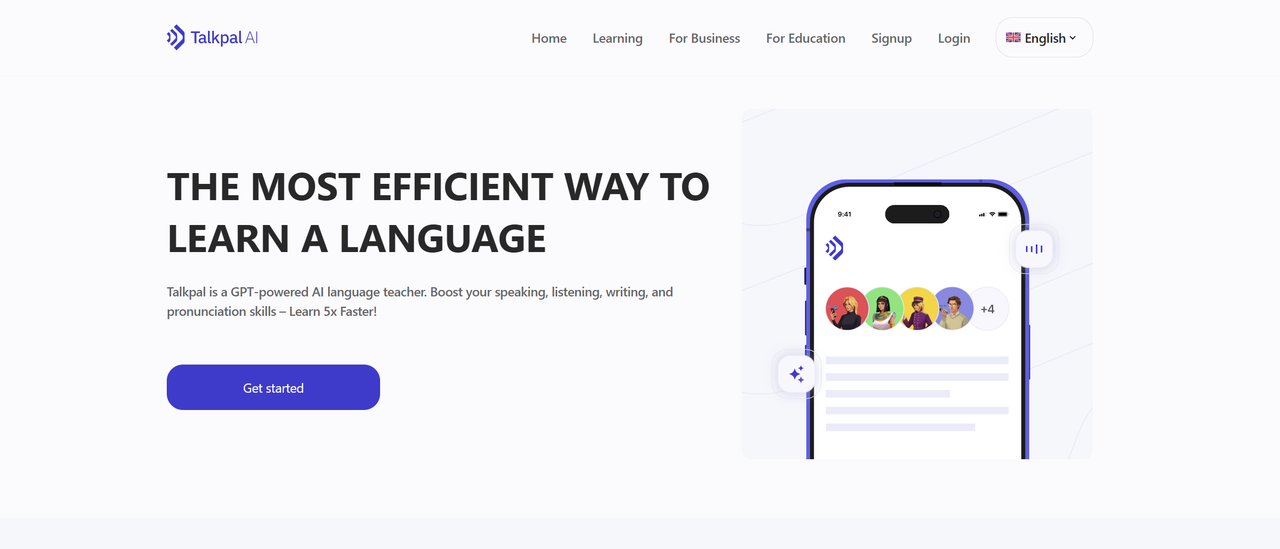
TalkPal focuses on practical, interactive conversations. It allows learners to simulate debates, casual dialogues, and role-playing scenarios.
The AI adapts to your responses in real time, offering subtle corrections to improve vocabulary, fluency, and confidence.
Learners benefit from a low-pressure environment, making it ideal for practicing without fear of mistakes.
Pros:
- Interactive role-play
- Real-time adaptive feedback
- Builds speaking confidence
Cons:
- Limited structured lessons
- Less advanced customization
Praktika
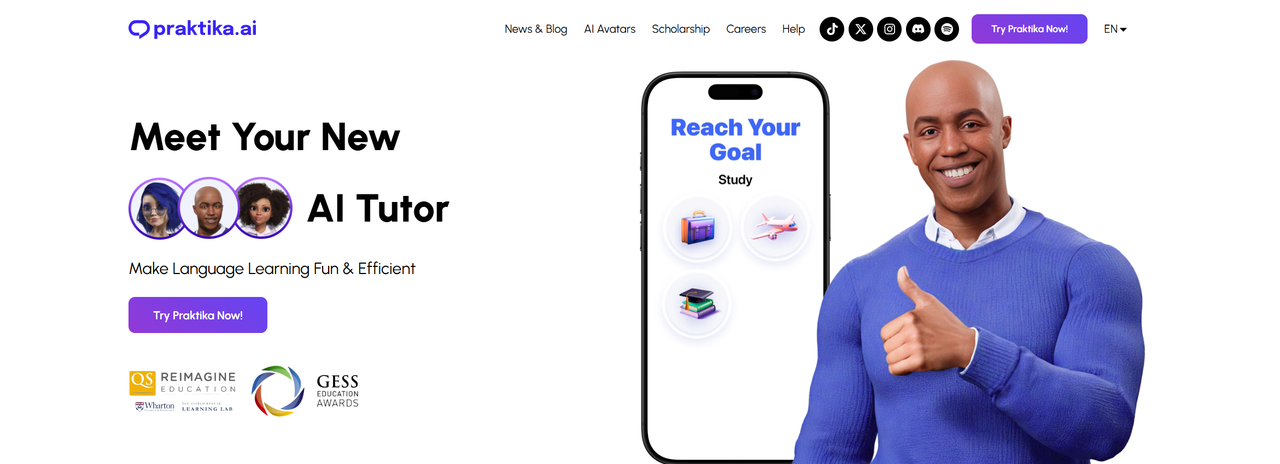
Praktika is designed around scenario-based learning, emphasizing travel, work, and social interactions. AI avatars simulate realistic situations to help learners speak naturally.
Gamified exercises and instant feedback keep motivation high and encourage consistent practice.
It’s best for learners who want practical application rather than strict grammar drills.
Pros:
- Immersive scenario-based practice
- Gamified lessons
- Practical conversation focus
Cons:
- Limited grammar instruction
- Advanced content is narrower
Speak
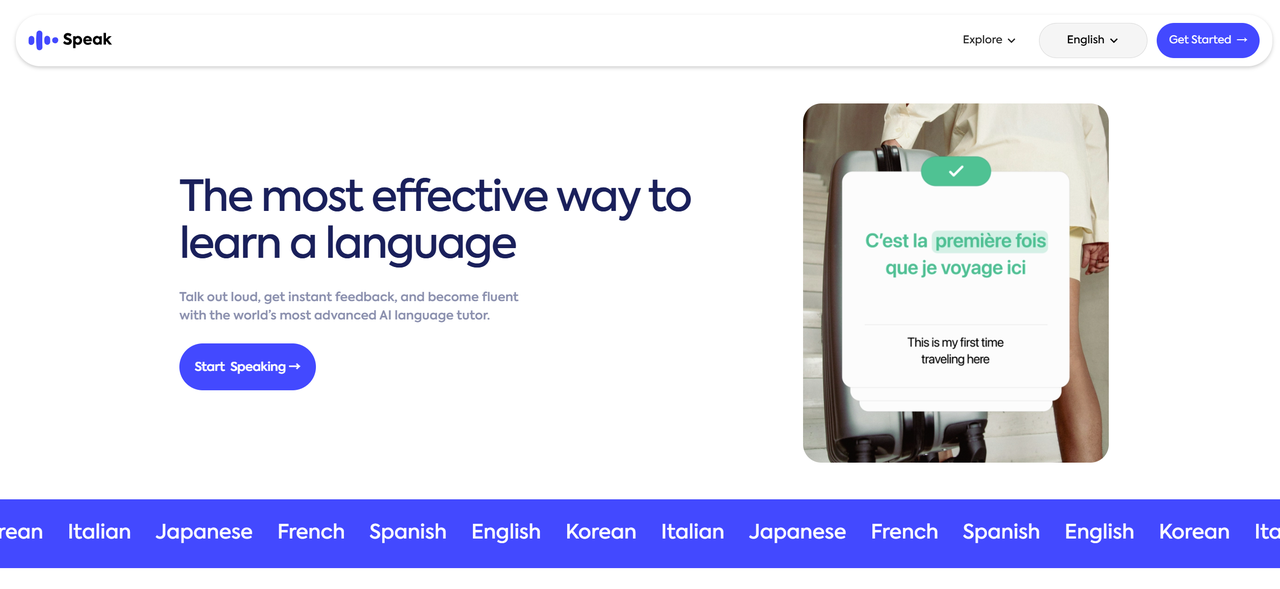
Speak specializes in pronunciation and accent improvement. It analyzes speech sounds and offers precise guidance on stress, rhythm, and clarity.
Short, focused drills allow learners to measure tangible improvements quickly.
Ideal for learners prioritizing speaking accuracy, though grammar coverage is minimal.
Pros:
- Pronunciation correction
- Accent refinement
- Measurable progress
Cons:
- Narrow scope beyond speaking
- Drills can be repetitive
Loora
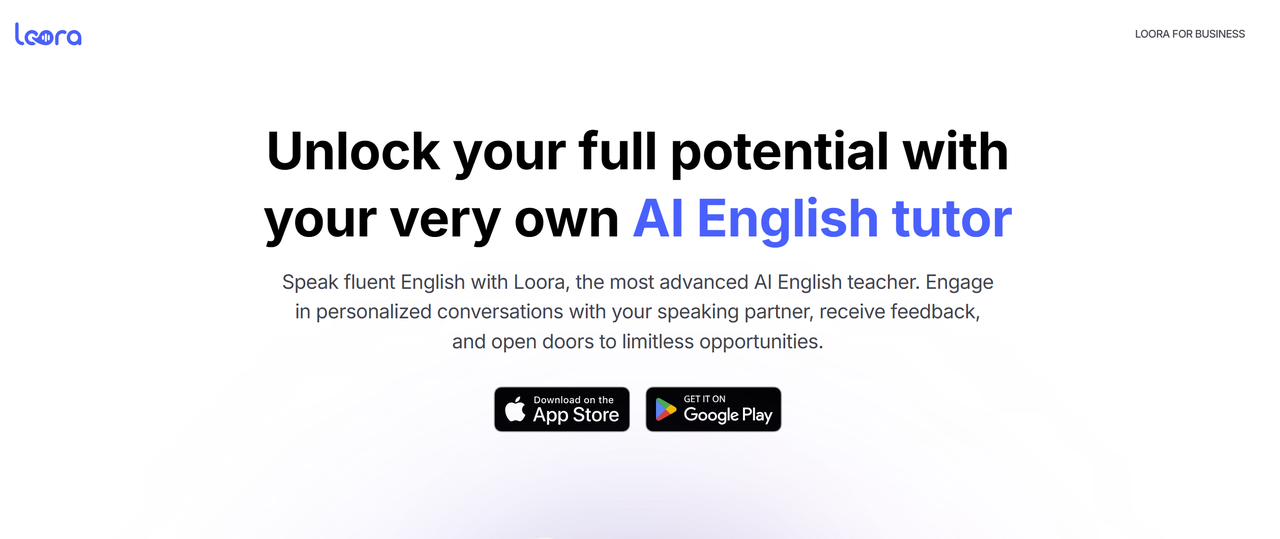
Loora provides guided conversation practice in realistic contexts. Its AI tutor supports vocabulary expansion and functional expressions for everyday scenarios.
Lessons offer flexibility, letting learners adjust pace and topics.
It’s effective for practical, interactive speaking without rigid lesson structures.
Pros:
- Contextual conversation practice
- Flexible pacing
- Vocabulary growth
Cons:
- Limited grammar instruction
- Less immersive for advanced learners
Learna AI
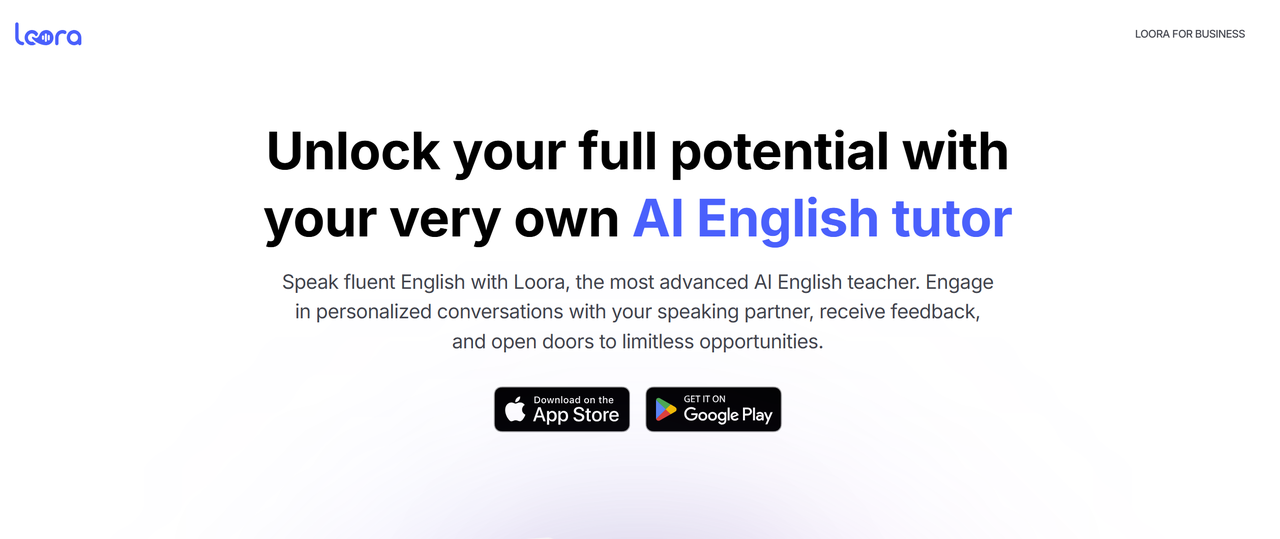
Learna AI emphasizes structured, long-term skill building. Its adaptive system schedules review cycles to reinforce retention while introducing new challenges.
Conversation prompts and instant feedback encourage active learning and engagement.
This is ideal for learners focused on steady, sustainable progress.
Pros:
- Personalized progression
- Spaced repetition
- Adaptive conversation support
Cons:
- Slower short-term results
- Less engaging for casual learners
Langotalk

Langotalk centers on natural, free-form AI conversations across multiple topics. The AI mimics native speakers and provides gentle corrections.
It helps learners gain confidence in unscripted conversations.
Best for improving fluency in real-life speaking situations.
Pros:
- Broad topic variety
- Natural conversation flow
- Encourages fluent speech
Cons:
- Minimal grammar explanation
- Less structured progression
Heylama
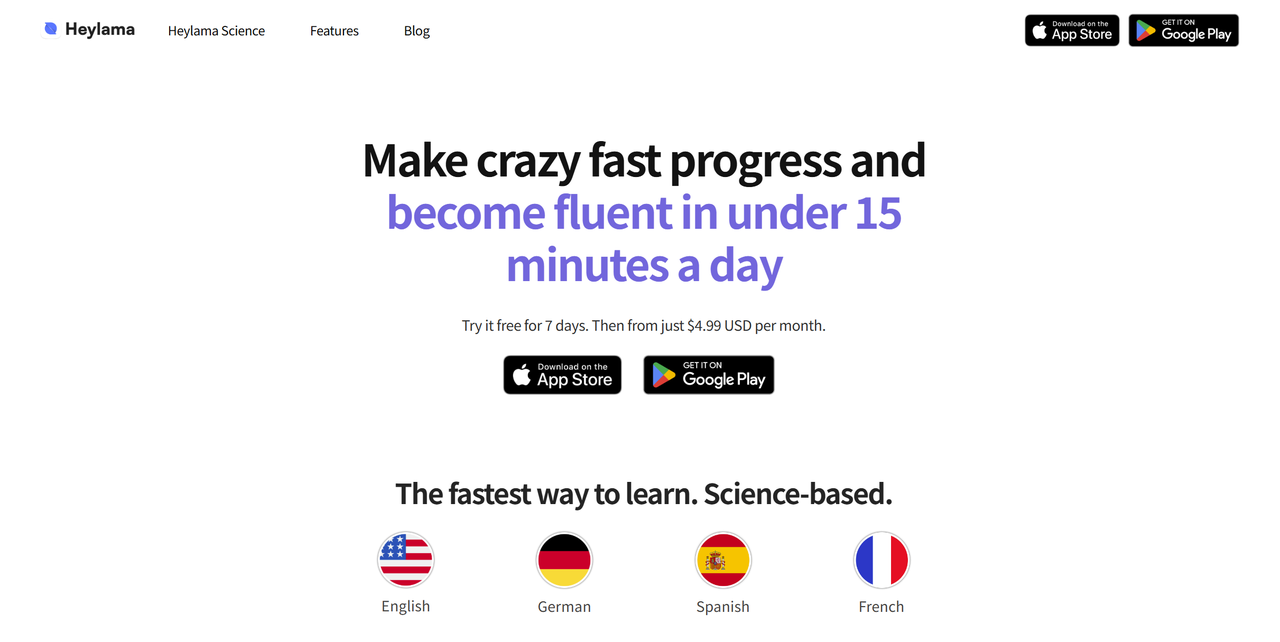
Heylama offers flexible micro-lessons and full sessions. Its AI encourages active recall and rapid vocabulary use.
Modular lessons are ideal for busy learners seeking efficient, daily practice.
It balances short-term engagement with meaningful skill reinforcement.
Pros:
- Flexible lesson duration
- Active recall exercises
- Supports daily practice
Cons:
- Limited advanced content
- Less immersive role-play
Twee
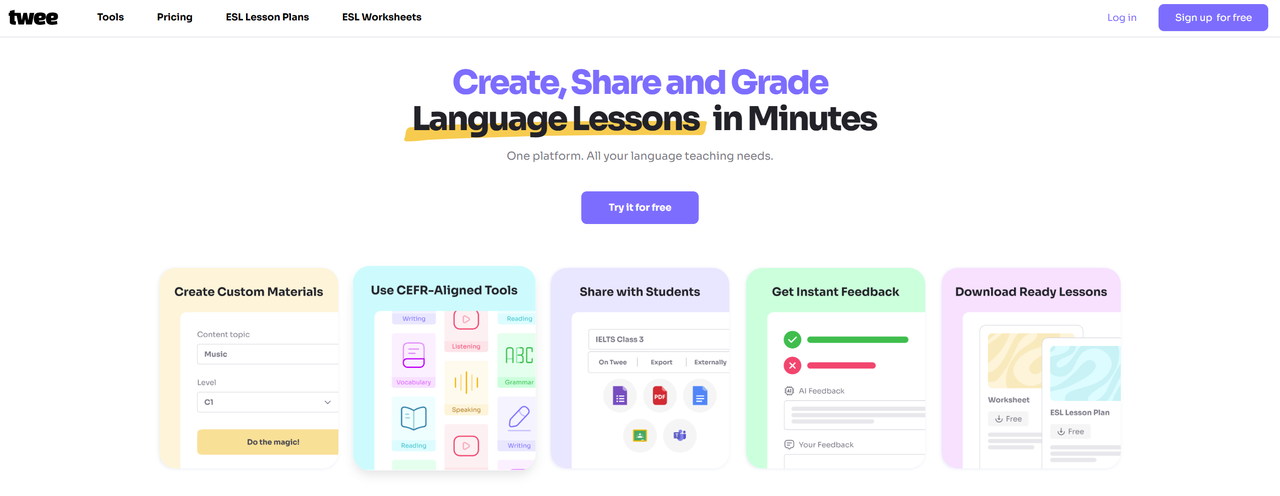
Twee combines AI guidance with community-based learning. Users can practice alone or interact with peers, keeping engagement high.
Quick prompts evolve into extended dialogues, promoting consistency.
The hybrid approach encourages accountability and regular speaking practice.
Pros:
- AI + peer learning
- Quick conversation starters
- Encourages regular practice
Cons:
- Community quality varies
- Less structured for advanced learners
Gliglish
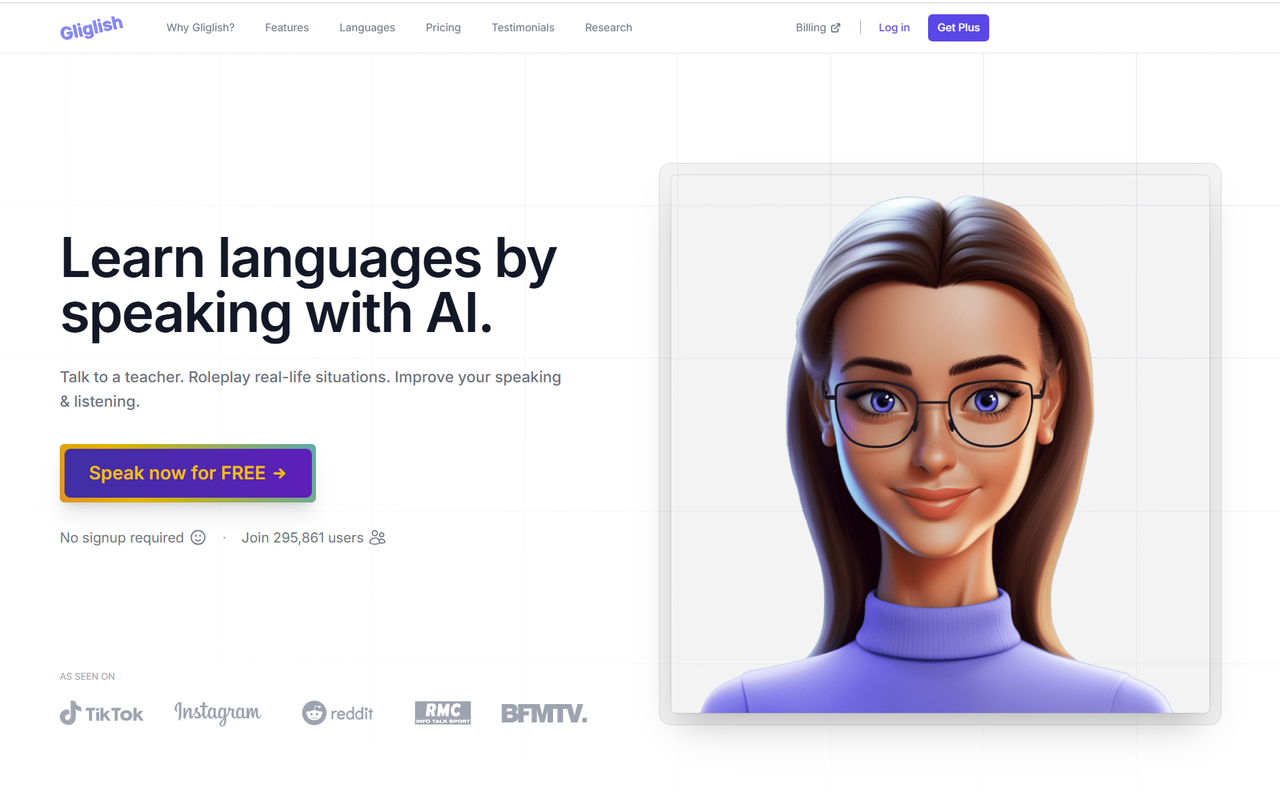
Gliglish is lightweight and fast, perfect for quick sessions anywhere. Short dialogues and streak tracking keep learners motivated.
Its simplicity makes it ideal for casual daily practice, focusing on consistency over depth.
Pros:
- Fast, accessible sessions
- Simple interface
- Motivates daily practice
Cons:
- Limited advanced content
- Minimal feedback depth
Conclusion
While Teacher AI provides structured lessons and interactive exercises, these ten alternatives offer unique approaches to improving fluency, comprehension, and confidence.
From Midoo AI’s fully personalized roadmap to tools like TalkPal and Praktika that focus on real-world scenarios, learners can select the right solution to match their goals, schedule, and preferred learning style.
Consistent practice with any of these AI-powered tools can accelerate progress and make speaking English more natural and confident.